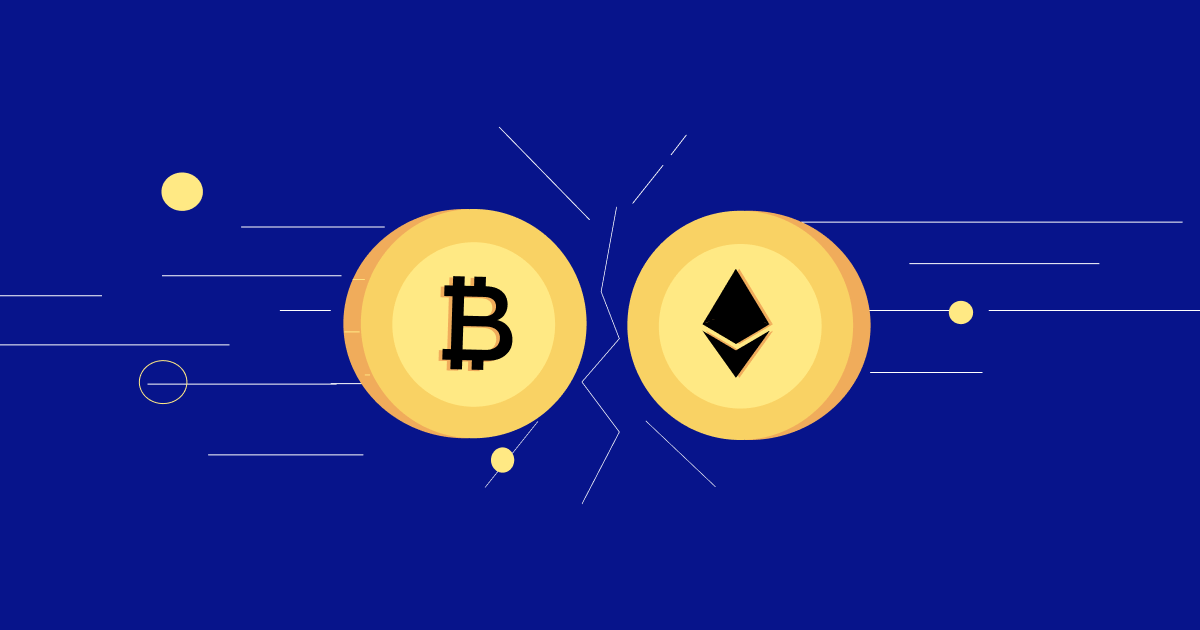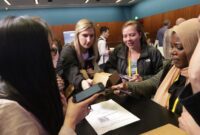Bitcoin vs. Ethereum: Which One Should You Choose? sets the stage for this enthralling narrative, offering readers a glimpse into a story that is rich in detail and brimming with originality from the outset. In the world of cryptocurrency, Bitcoin and Ethereum stand as the two giants, each boasting unique features and advantages. As the digital currency landscape expands, understanding the distinctions between these two platforms is crucial for both investors and enthusiasts alike.
The conversation around Bitcoin and Ethereum is not just about their market value but also encompasses their underlying technologies, use cases, and the communities that support them. Bitcoin, often referred to as digital gold, is primarily a store of value, while Ethereum offers a platform for decentralized applications and smart contracts. This guide aims to shed light on these differences and assist you in making an informed choice between the two.
In today’s fast-paced digital age, mastering the art of communication is more vital than ever. The way we convey our thoughts, feelings, and ideas can significantly impact our relationships, both personal and professional. With the advent of technology, communication has evolved dramatically, leading to both exciting opportunities and unique challenges. This article explores the importance of effective communication, the different modes of communication, and how to enhance our skills to build stronger connections with others.Effective communication is not just about exchanging information; it’s about understanding the emotions and intentions behind the information.
It involves active listening, empathy, and clarity of expression. When we communicate effectively, we foster trust, collaboration, and respect, which are the cornerstones of any successful relationship, whether in the workplace or at home. Miscommunication, on the other hand, can lead to misunderstandings, conflict, and a breakdown in relationships.There are various modes of communication, each with its own nuances and effects.
The primary modes include verbal, non-verbal, written, and visual communication. Verbal communication encompasses both spoken and face-to-face interactions. It is essential to be mindful of our tone, pace, and clarity when speaking. Non-verbal communication, including body language, facial expressions, and gestures, often conveys more than words themselves. For instance, maintaining eye contact and open body posture can signal confidence and openness, while crossed arms may indicate defensiveness or discomfort.Written communication is another critical aspect, especially in our increasingly digital world.
Emails, text messages, and social media posts are now common forms of communication. The challenge here lies in ensuring that our written words convey the intended message without the benefit of vocal tone or body language. Clarity, conciseness, and proper grammar are paramount in written communication. Misinterpretations can easily occur when the recipient cannot hear the speaker’s tone or see their expressions, making it vital to choose words carefully.Visual communication is becoming increasingly important, especially with the rise of digital media.
Infographics, videos, and presentations can enhance understanding and retention of information. They can simplify complex ideas and make them more accessible. In many cases, visual aids can complement verbal or written communication and provide a more rounded understanding of the message being conveyed.To enhance our communication skills, we must first become aware of our own communication styles and preferences. Self-awareness allows us to identify areas for improvement and adapt our approach to better connect with others.
Active listening is a crucial skill that can greatly improve our communication. This involves paying full attention to the speaker, making an effort to understand their message, and responding thoughtfully. Active listening fosters a sense of validation and respect, making the other person feel heard and valued.Empathy also plays a vital role in effective communication. By understanding and acknowledging the feelings and perspectives of others, we can respond more thoughtfully and avoid misunderstandings.
Empathetic communication creates a supportive environment where individuals feel comfortable expressing themselves. This can lead to more open and honest discussions, ultimately strengthening relationships.Another essential aspect is the ability to provide constructive feedback. Feedback is a valuable tool for growth, but it needs to be delivered in a way that is respectful and supportive. Focusing on specific behaviors rather than personal attributes can make feedback more effective.
For instance, instead of saying, “You’re always late,” you might say, “I noticed you arrived 15 minutes after the meeting started; could we discuss how to ensure timely arrivals in the future?” This approach emphasizes collaboration rather than blame and encourages problem-solving.In today’s globalized world, cultural awareness is increasingly important in communication. Different cultures may have varying communication styles, norms, and values.

Understanding these differences can enhance interpersonal interactions and prevent misunderstandings. For instance, some cultures may value direct communication, while others may prioritize indirect approaches. By being open to learning about and adapting to different communication styles, we can become more effective communicators in a diverse world.Technology has transformed the way we communicate in countless ways. While it offers convenience and speed, it also presents challenges such as information overload and the potential for miscommunication.
Taking the time to unplug and engage in face-to-face conversations can be refreshing and rewarding. In many cases, in-person interactions foster deeper connections and understanding than digital communication alone.In conclusion, effective communication is an invaluable skill that can enhance all aspects of our lives. By being aware of our communication styles, practicing active listening, demonstrating empathy, providing constructive feedback, and embracing cultural diversity, we can improve our relationships and foster a more harmonious environment.
In this digital age, finding a balance between technology and personal interaction is crucial. Ultimately, effective communication is about making connections, understanding one another, and building meaningful relationships that can withstand the test of time.


